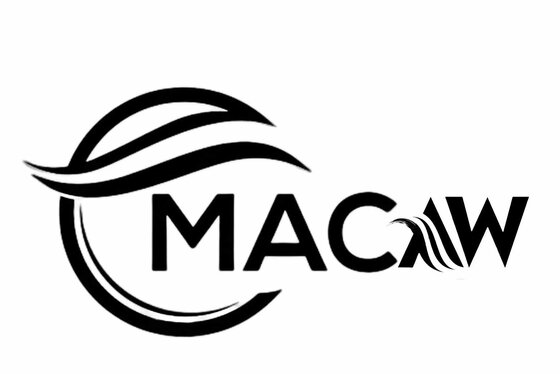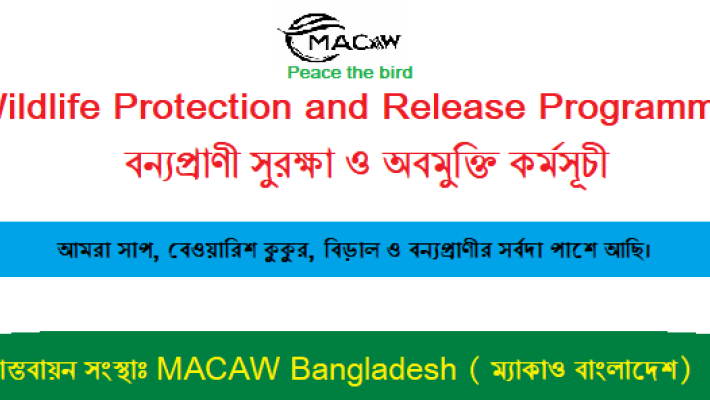Blog Manager
Universal Article/Blog/News module
Wildlife Protection and Release Program
Wildlife protection and release programs are crucial for the conservation of endangered species and the restoration of natural ecosystems. These programs play a vital role in rescuing, rehabilitating, and releasing animals back into their wild habitats, ensuring their long-term survival and the preservation of biodiversity.
Key Objectives of Wildlife Protection and Release Programs:
- Rescue and Rehabilitation: These programs aim to rescue injured, orphaned, or illegally trafficked wildlife from various threats, such as poaching, habitat loss, and human-wildlife conflict. Once rescued, animals undergo rehabilitation at specialized facilities, receiving necessary medical care, nutrition, and behavioral training to prepare them for reintroduction into the wild.
- Reintroduction and Monitoring: Following successful rehabilitation, wildlife is carefully released back into their natural habitats. This process involves selecting suitable release sites, monitoring animal movements and survival rates, and providing ongoing support to ensure their successful adaptation to the wild.
- Community Engagement and Education: Wildlife protection and release programs often involve educating local communities about the importance of wildlife conservation and fostering a sense of stewardship for their natural resources. This engagement promotes sustainable practices, reduces human-wildlife conflict, and encourages community participation in conservation efforts.
- Species Conservation and Ecosystem Restoration: By rescuing, rehabilitating, and releasing wildlife, these programs directly contribute to the conservation of endangered species and the restoration of their natural habitats. This, in turn, enhances biodiversity, promotes ecosystem stability, and contributes to the overall health of the natural world.

